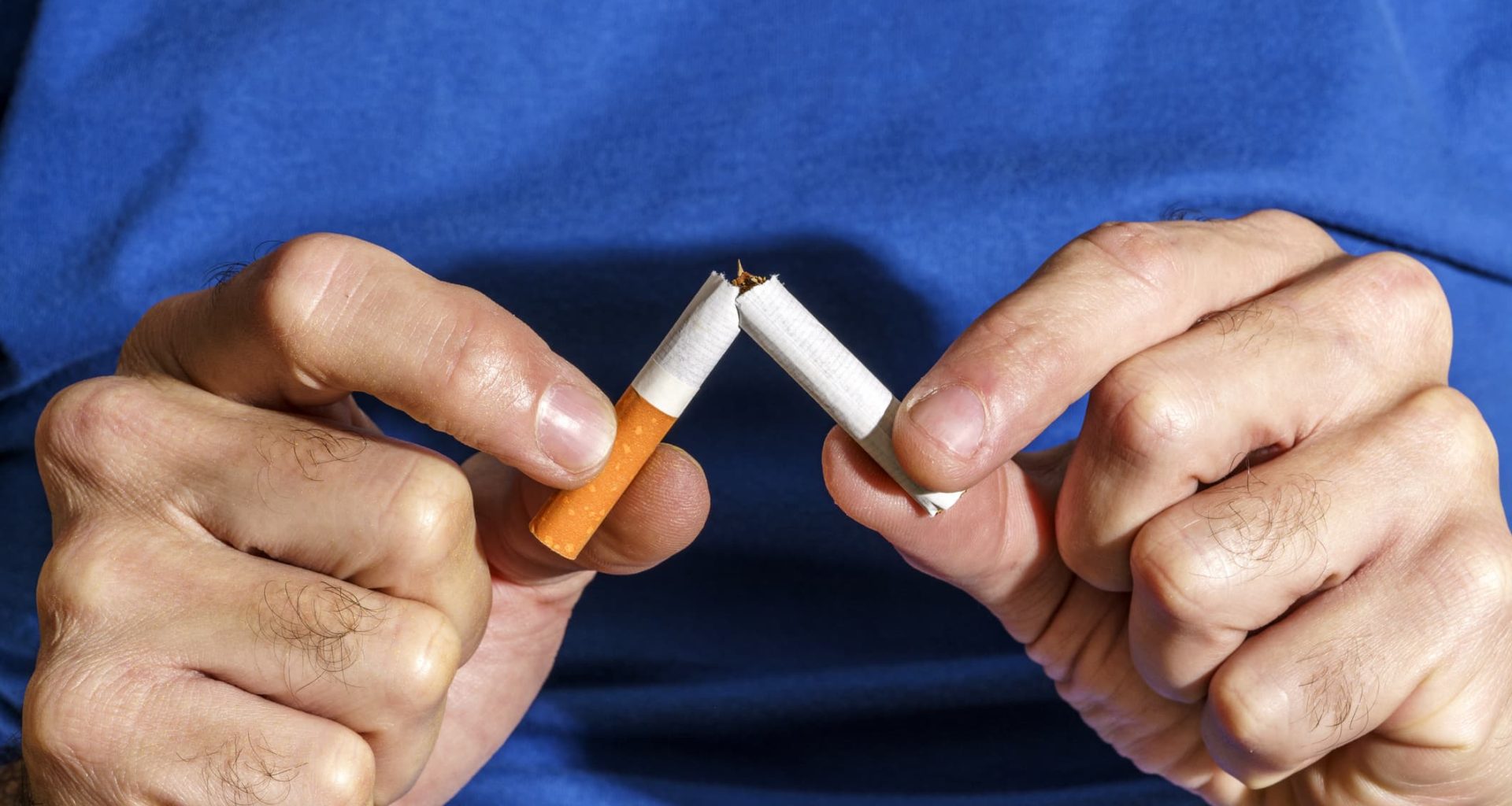
Nir Eyal is the author of “Indistractable: How to Control Your Attention and Choose Your Life.”
Courtesy of Nir Eyal
We all have bad habits.
Whether its doomscrolling on social media, spending too much time on Netflix, or smoking and drinking excessively, some of these are unproductive at best, but many still choose to indulge in them.
People tend to blame external factors for their bad habits, but the truth is that the root cause is usually internal.
“It’s an emotion regulation problem,” says Nir Eyal, behavioral design expert and best-selling author of “Indistractable: How to Control Your Attention and Choose Your Life.”
The average American spends 4 hours and 37 minutes a day looking at their phone screens, according to Harmony Healthcare IT.
This figure is even higher in parts of Asia. In Indonesia, the average daily screen time spent on a mobile phone was a whopping 6.05 hours in 2023, according to Statista. The average in Thailand was 5.64 hours of screen time, and 4.77 hours in India, according to the same dataset.
“We do time studies on why people check their phones, and only 10% of time is it because of a ping, ding or ring,” Eyal told CNBC Make It.
“So 90% of the time, it’s for some other reason — a feeling, which is actually the root cause of everything we do — it’s about the desire to escape discomfort.”
Ultimately, in order to cut out bad habits associated with distraction, people need to learn how to regulate their emotions and master their internal triggers.
Here are some ways to achieve this, according to Eyal.
3-step process to break bad habits
- Take control, don’t blame external factors
- Identify the internal trigger
- Create a plan of attack for when the trigger shows up
The first step is to realize that you have control over your actions instead of blaming outside factors, Eyal said.
“People who have an internal locus of control realize that they control what they do — we know that [they] are wealthier, they’re happier, they have more friends [and] they contribute more to the community,” he said.
Even when we think we’re seeking pleasure, we’re actually driven by the desire to free ourselves from the pain of wanting — only by understanding our pain, can we begin to control it and find better ways to deal with negative urges.
Nir Eyal
Author, “Indistractable: How to Control Your Attention and Choose Your Life”
Secondly, identify the preceding emotion or the root “pain” that triggers the bad habit craving, according to Eyal.
“Time management is pain management, money management is pain management, weight management is pain management. It’s all pain management,” Eyal said.
If a person can’t finish a task without checking their phone, it’s possibly because they’re bored or uncertain. If someone keeps snacking late into the night, perhaps they’ve had a stressful day. If they can’t stop scrolling through a dating app, chances are that they’re feeling lonely, according to Eyal.
“Even when we think we’re seeking pleasure, we’re actually driven by the desire to free ourselves from the pain of wanting — only by understanding our pain can we begin to control it and find better ways to deal with negative urges,” Eyal said in his book “Indistractable: How to Control Your Attention and Choose Your Life.”
Finally, develop a plan of attack for when the emotional trigger shows up.
“Identify the internal trigger and have a plan for what you will do when you feel that discomfort,” and the key is to do this ahead of time, said Eyal.
Fighting off bad habits
Here are two methods he uses to fight off bad habits and distraction:
1. The 10-minute rule
When a trigger for a bad habit comes up, Eyal tells himself: “It’s fine to give in, but not right now. I have to wait just 10 minutes.”
Following this rule can help people do what’s called “surfing the urge.”
Eyal said in his book that it means: “Noticing the sensations and riding them like a wave — neither pushing them away nor acting on them.”
Whether it is a craving for a cigarette or a craving to check social media, this can help people cope until the sensation subsides, according to Eyal.
2. Create a mantra
“This is what it feels like to get better.”
That’s the mantra Eyal repeats to himself whenever he feels an internal trigger.
Rather than immediately giving in and getting distracted or indulging in the bad habit, he allows himself to sit in the feeling, recognize that it’s hard, and realize that the discomfort is actually a sign of growth.
Want to make extra money outside of your day job? Sign up for CNBC’s new online course How to Earn Passive Income Online to learn about common passive income streams, tips to get started and real-life success stories.
Plus, sign up for CNBC Make It’s newsletter to get tips and tricks for success at work, with money and in life.
Read More: World News | Entertainment News | Celeb News
CNBC







